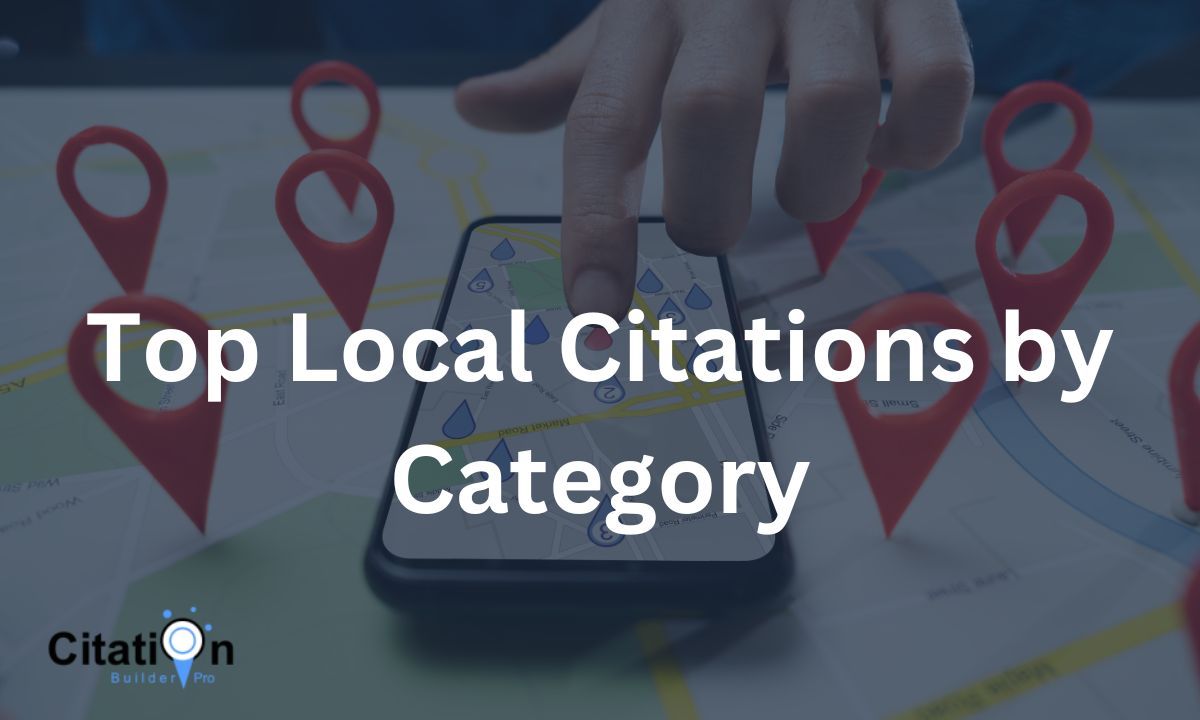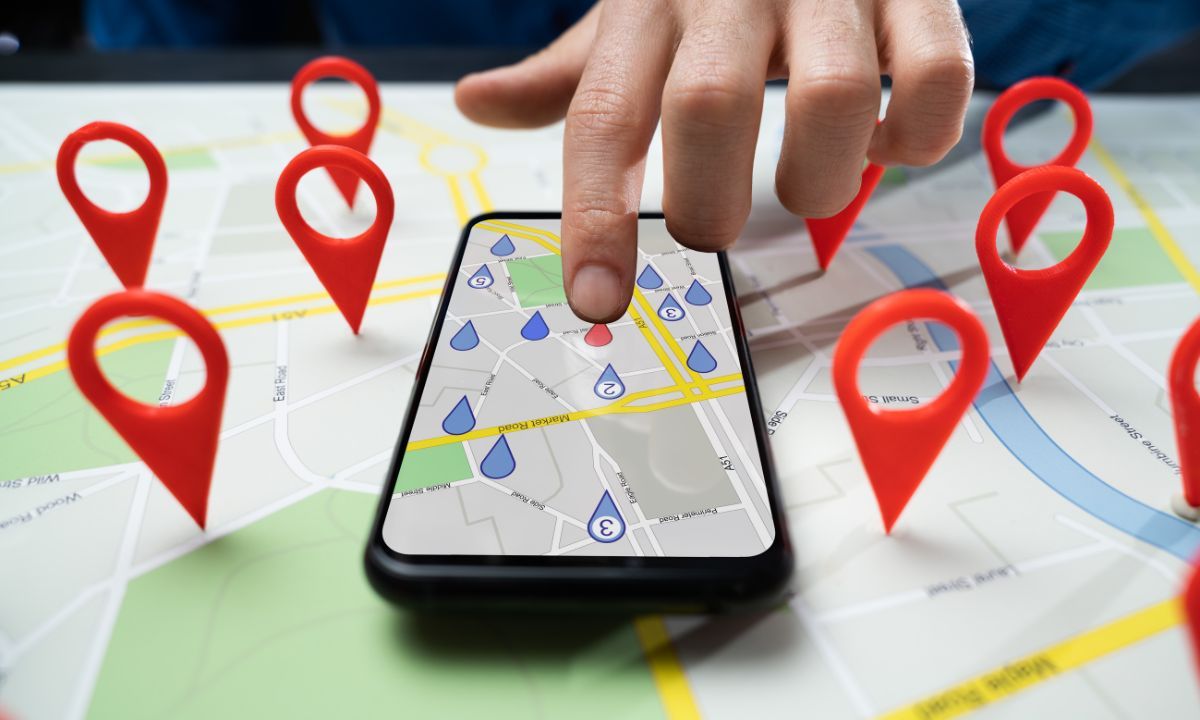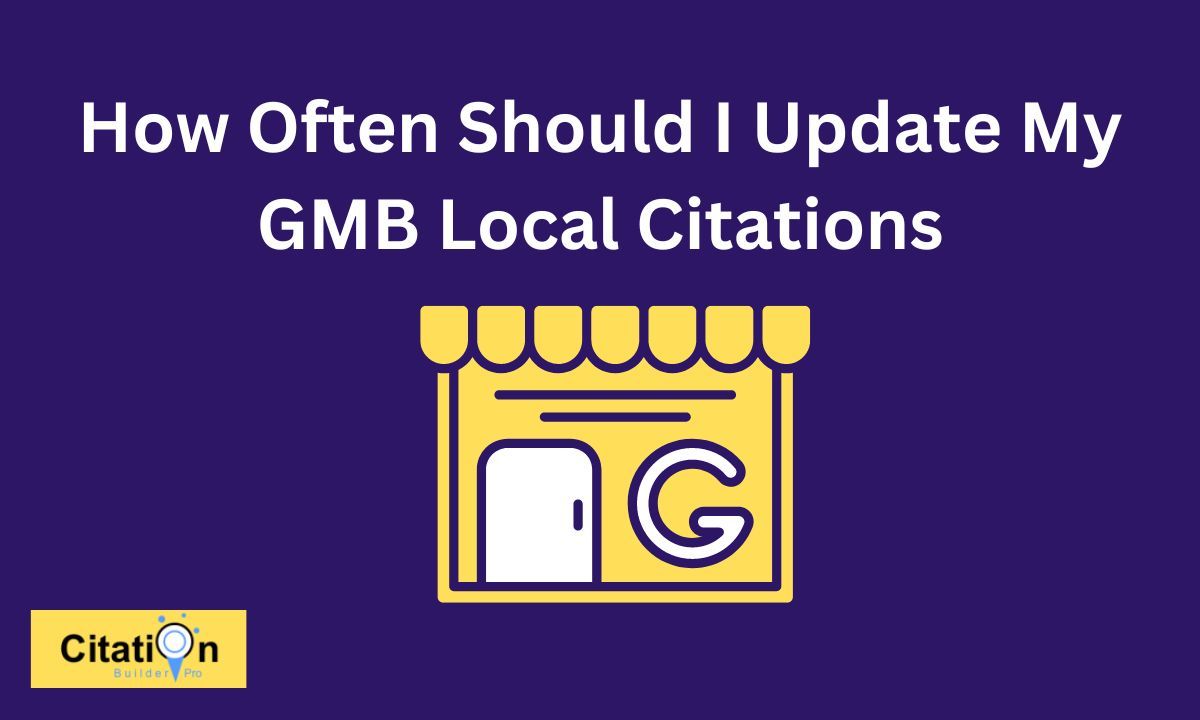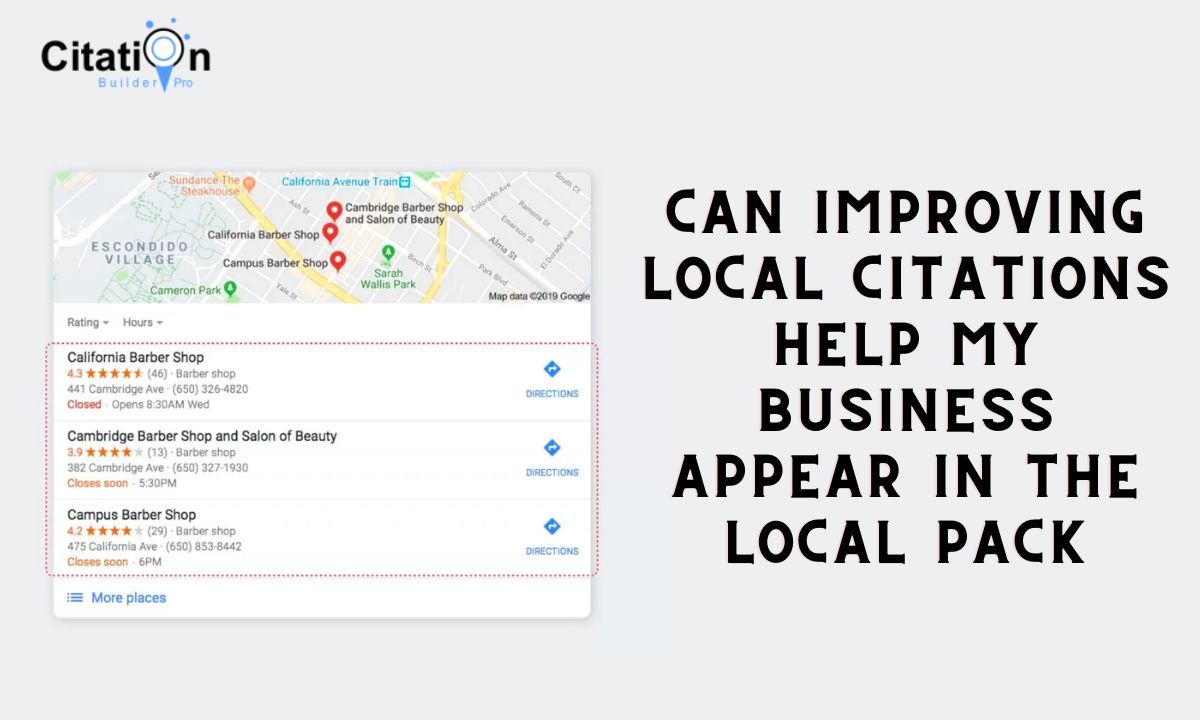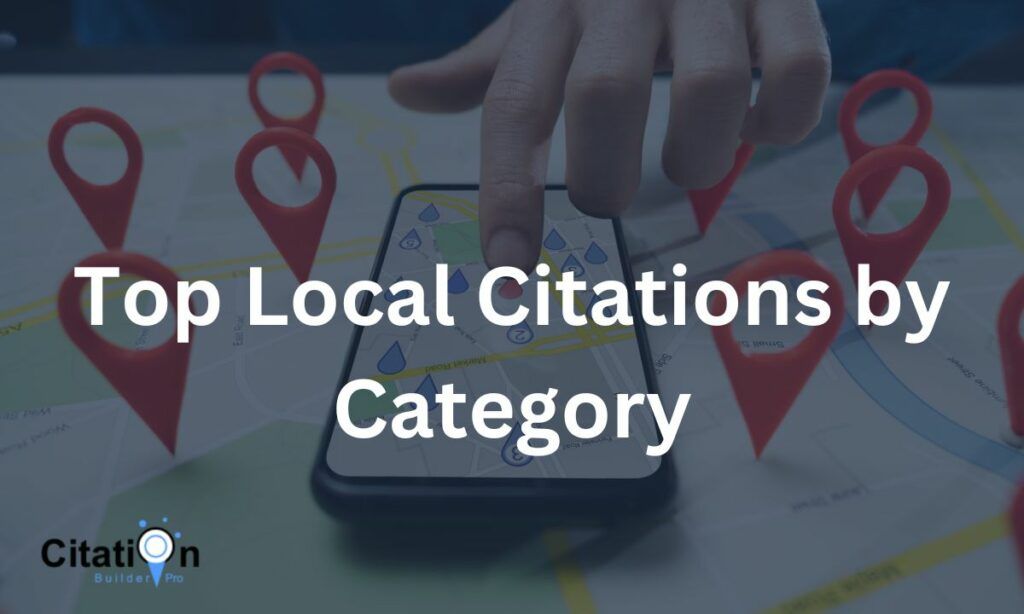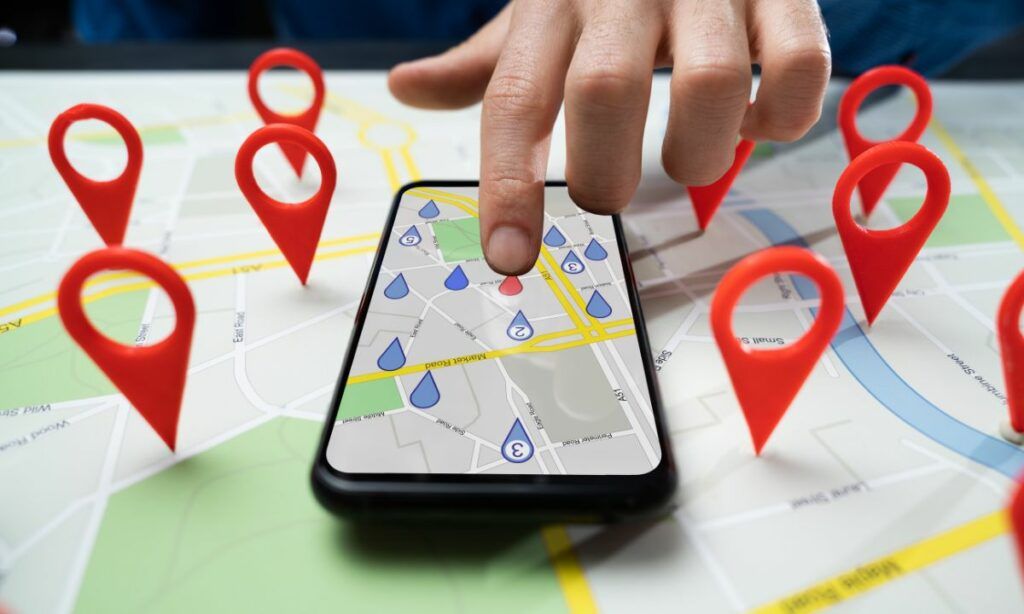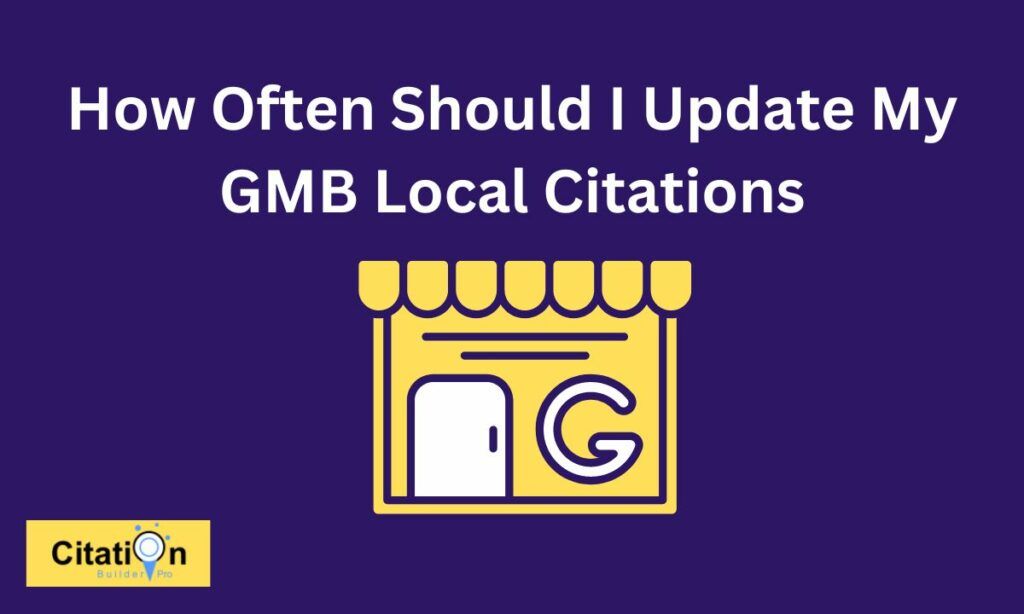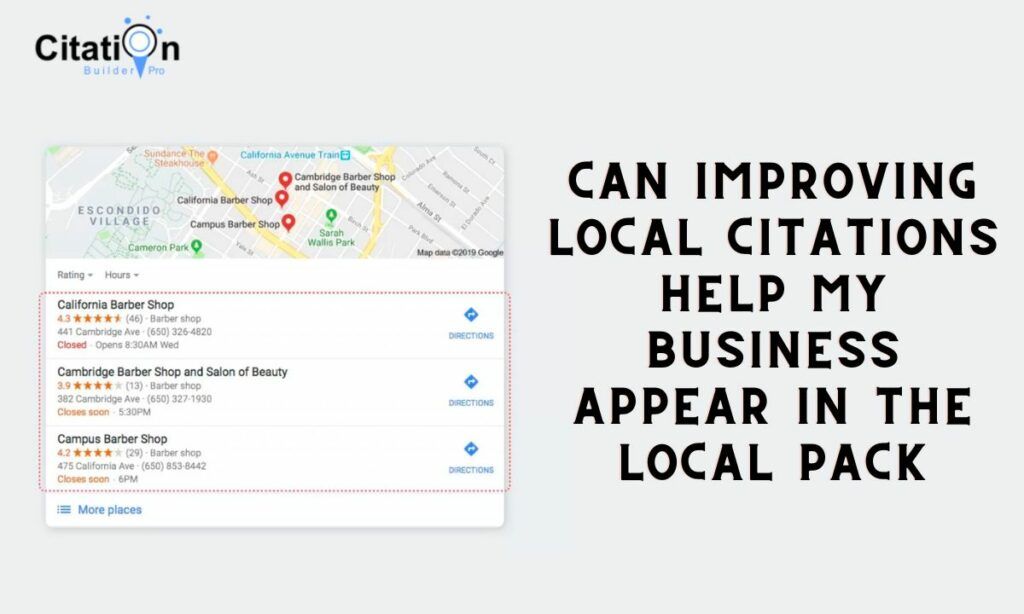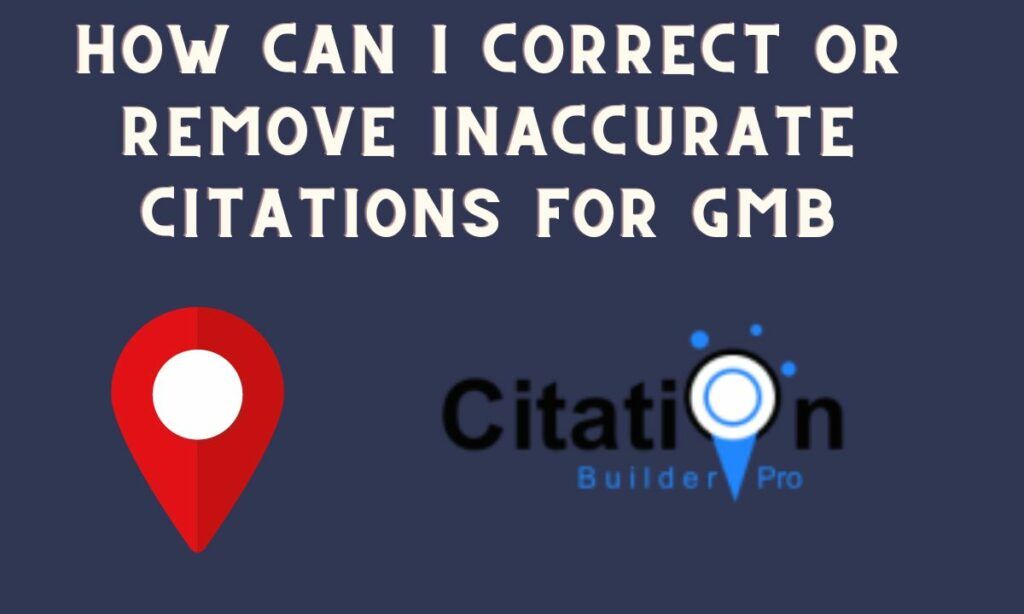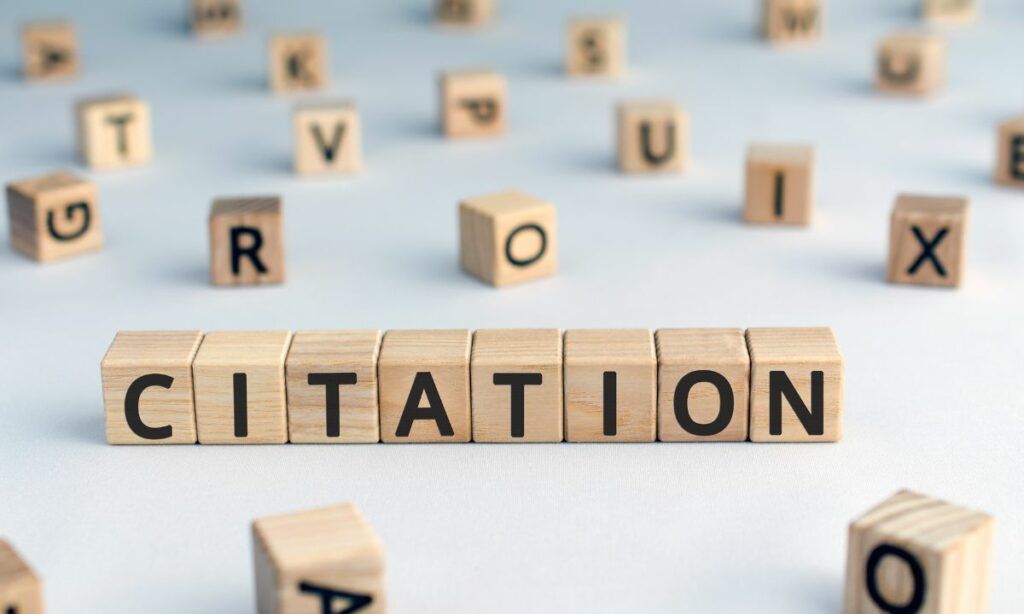 When we think about ranking our websites on Google, we usually construct our strategy based around the pages we want to rank. We look at text elements, we scrutinize over call to action buttons, and we focus on pumping backlinks, citations, and other off-page signals at those pages to really make them pop.
When we think about ranking our websites on Google, we usually construct our strategy based around the pages we want to rank. We look at text elements, we scrutinize over call to action buttons, and we focus on pumping backlinks, citations, and other off-page signals at those pages to really make them pop.
Are these important steps to take towards improving a website’s rankings? Yes, of course.
But this strategy doesn’t account for the fact that Google is making a push towards relevancy; this means that it’s about more than just the text on a webpage, it’s about many elements that surround an entity, especially images.
Table Of Contents
Why Images Matter
With Google’s recent algorithm updates, 2018 & 2019 have shed light on Google’s continuous push towards brand/entity relevance. The March 2018 algorithm update was the tangible beginning of this push, as it was confirmed by John Mueller to have little to do with “low-quality sites” and more to do with the relevance of a site’s content.
Unfortunately, many SEOs still don’t think about images when they assess ways to optimize their site’s content. Images are not only crucial opportunities for keyword placement (think ‘alt text’), but even more importantly they allow us to show Google what a brand does. This idea applies beyond the website itself. It applies to every brand property.
For local businesses, posting relevant images across social media, Google My Business pages, Yelp pages, etc. is vital to helping users, and Google, understand what a brand offers and what it represents.
Take a plumbing company like Mr. Rooter…

Obviously, the logo is unique and iconic. However, their entity wouldn’t be complete without pictures from, well, on-the-job work.

In order to support your branding as a local business today, you must include images that relate to your industry.
Using Google Vision API
Google’s machine learning is so advanced, it’s now capable of analyzing the visual representation of images in order to better understand keywords and entities. Best of all, we can view this knowledge firsthand by going to cloud.google.com/vision/
How does this work?
Simply drag and drop an image into the API area and Google will show you what that image is all about, including answers to questions like:
What objects does Google see in my image?
Literally, you can see the types of objects that are in your image listed in plain writing! Let’s take the plumbing image from above and see if Google gets it right…

Fantastic, they see a toilet. So we know that if we are a plumbing company, we’ve found the perfect image for a service page about toilet unclogging.
What labels (or keywords) would it apply to my image?
The second tab in the API is for labels. These are basically keywords or variations of keywords that might be associated with our image. This is without a doubt the most beneficial feature of the Vision API because it lists Google’s associations with our image in order of importance.
In our toilet example, we see that more than 90% of associations go towards toilet and plumbing-related terms. Less important associations would be terms like “wall,” “floor,” and “ceramic.”

If we are a plumbing business, this is what we want to see from our images. HEAVY, HEAVY relevance for plumbing-related terms.
If you can post these kinds of original images on your website and across your web properties, you will help boost your entity in a big way.
An important side note here, these need to be original images. It’s never a good idea to use recycled or stock images as pieces of your entity. Sure, Google will associate the above image with plumbing, but they will also associate it with “Mr. Rooter.” So keep that in mind when looking for pics.
What web entities are currently associated with my image?
The final piece of the puzzle is seeing what web entities Google associates with our image. Like we mentioned above, you should always use original images when able. If you did, then this section will be blank at first. But if you’ve had an image published on your site for several days, you can check back with the API to see if your entity has generated an association.
If it has, that’s a great sign that Google associates the image directly with your brand!

Now we see that Google does in fact associate this toilet with the brand Mr. Rooter. So anytime they post this image to their Yelp page, Google My Business page, social media properties, or elsewhere, it will help solidify brand relevance.
See how this is such a powerful tool for improving your entity? Before uploading any image to one of your properties, you should run it through Google Vision API to see a) what objects Google sees in your photo (trust me, this can differ from what you think you see), and b) to understand what keyword associations Google makes to your images.
Types of Business Photos
When it comes to representing your business online, you want to show it from all angles, so to speak. Look at the top locally ranked websites and the similarities are clear. They all provide a variety of images, including showing all of their services, locations, and team(s).

GMB Best Practices
Google My Business is a great outlet for posting company images and further honing in on that brand identity. Any GMB page should feature images that score well in Google Vision API, as well as images that are geotagged with latitude/longitude coordinates related to the business.

Posting these images to Google Posts, and leading users to website pages that contain similar content will only further enhance your relevancy factor. This practice alone can give those pages a nice ranking boost on the local level.
Image SEO Moving Forward
One thing we know is that brand relevance will only increase in importance. A lot of it might be out of our control as SEOs or webmasters, but controlling the types of images we post is the one area we can dictate.
For every Google Post, blog article, social media update, and beyond, be sure to check that the photos you’re using are painting the right ‘picture’ to Google’s Vision API. This will put you ahead of the competition by keeping your content fresh and relevant.
How useful was this post?
Average rating 0 / 5. Votes: 0
No votes so far! Be the first to rate this post.

I am the founder of Citation Builder Pro. I have been in the SEO and content marketing industry for 15 years and have a lot of experience in public relations and online marketing.
I started Citation Builder Bro to help businesses of all sizes create high-quality citations for their websites. My team and I are dedicated to providing our clients with the best possible services.

